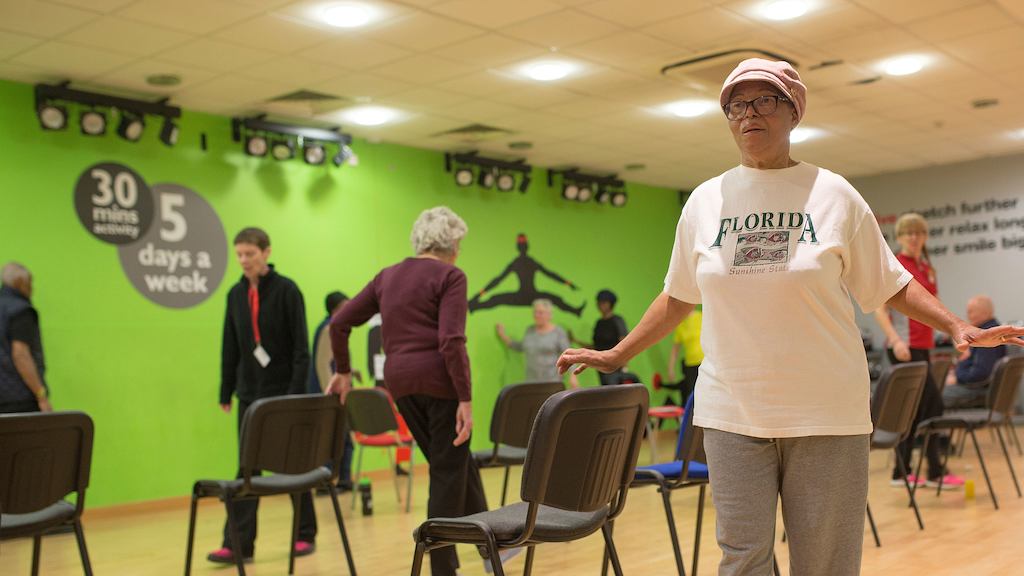In contrast to Catherine, we met Susan. Susan (62) was working part-time where she was paid the minimum wage and had no family or support nearby. Susan had experienced three falls in the 12 months before we met. The first fall resulted in a fractured wrist. She was immediately referred to her GP, where following some tests, she was diagnosed with borderline osteoarthritis. Advised to take a supplement, she was not referred onto any strength and balance programmes. Her second fall did not involve any physical injuries, but mentally, Susan started to be concerned about going out, and attending work became a challenge.
Her third fall was backwards down a series of concrete steps in the flats where she lived. She was told by the paramedic that there were no fractures, but three days later, and in a lot of pain, Susan made her way to the local accident and emergency department where she was told she had fractured her wrist again. At no point did anyone suggest Susan should attend a strength and balance exercise programme to help her build her strength, improve her balance, gain greater confidence and in the long run, reduce the risk of future falls.
This is an example of health inequalities: two people living in different areas, but each experiencing very different levels of support and access to evidence-based community exercise provision. These two stories still resonate with me today. When community-based services are person-centred, have co-created pathways that are shared, and skilled instructors who understand how to deliver evidence-based exercise programmes, people are able to live well in later life.
On the contrary, for those living in areas of high deprivation, where services are poor – often due to underfunding – are not joined up and lack good leadership, inequalities in health continue to impact on those living in our communities.




